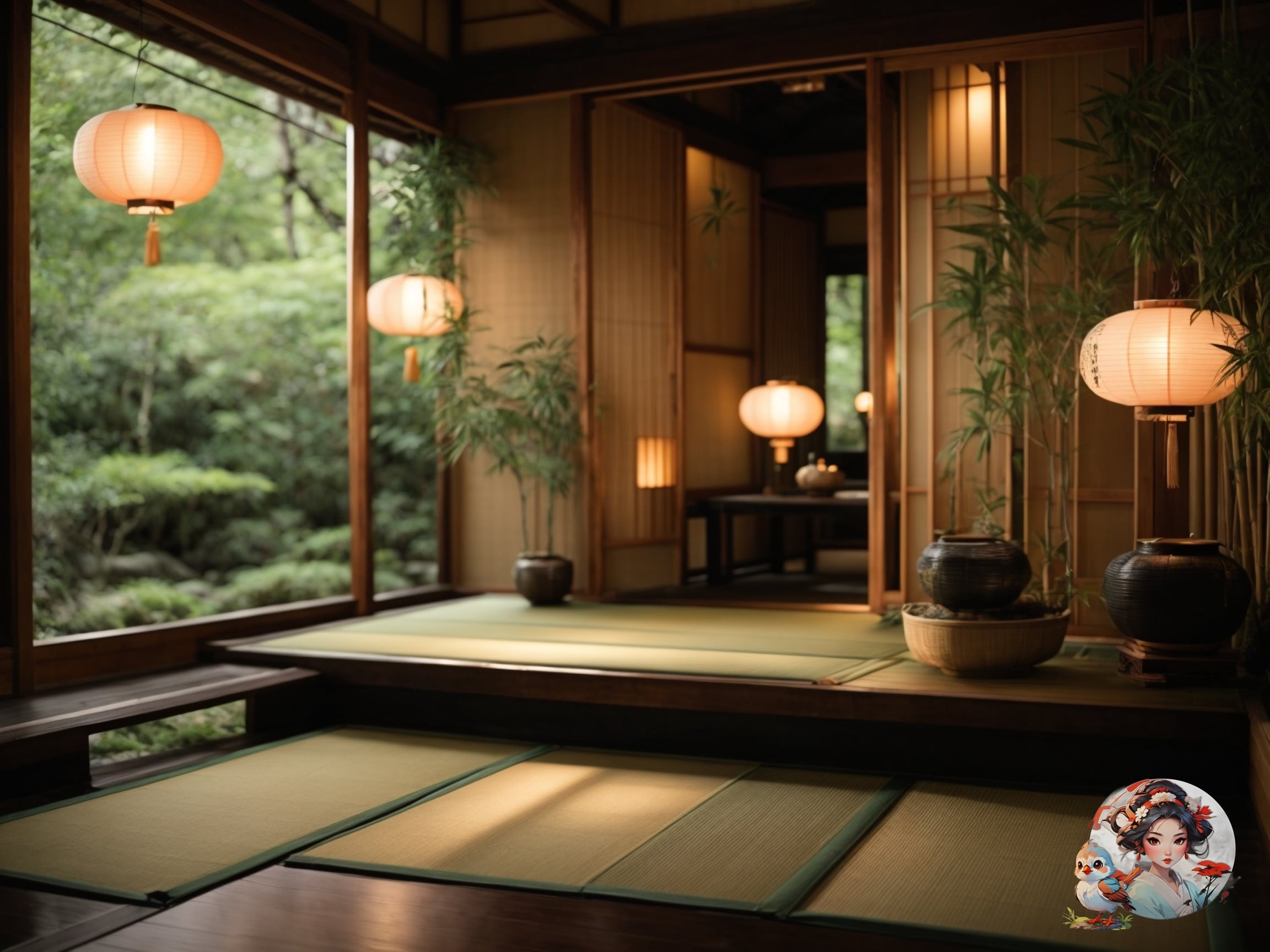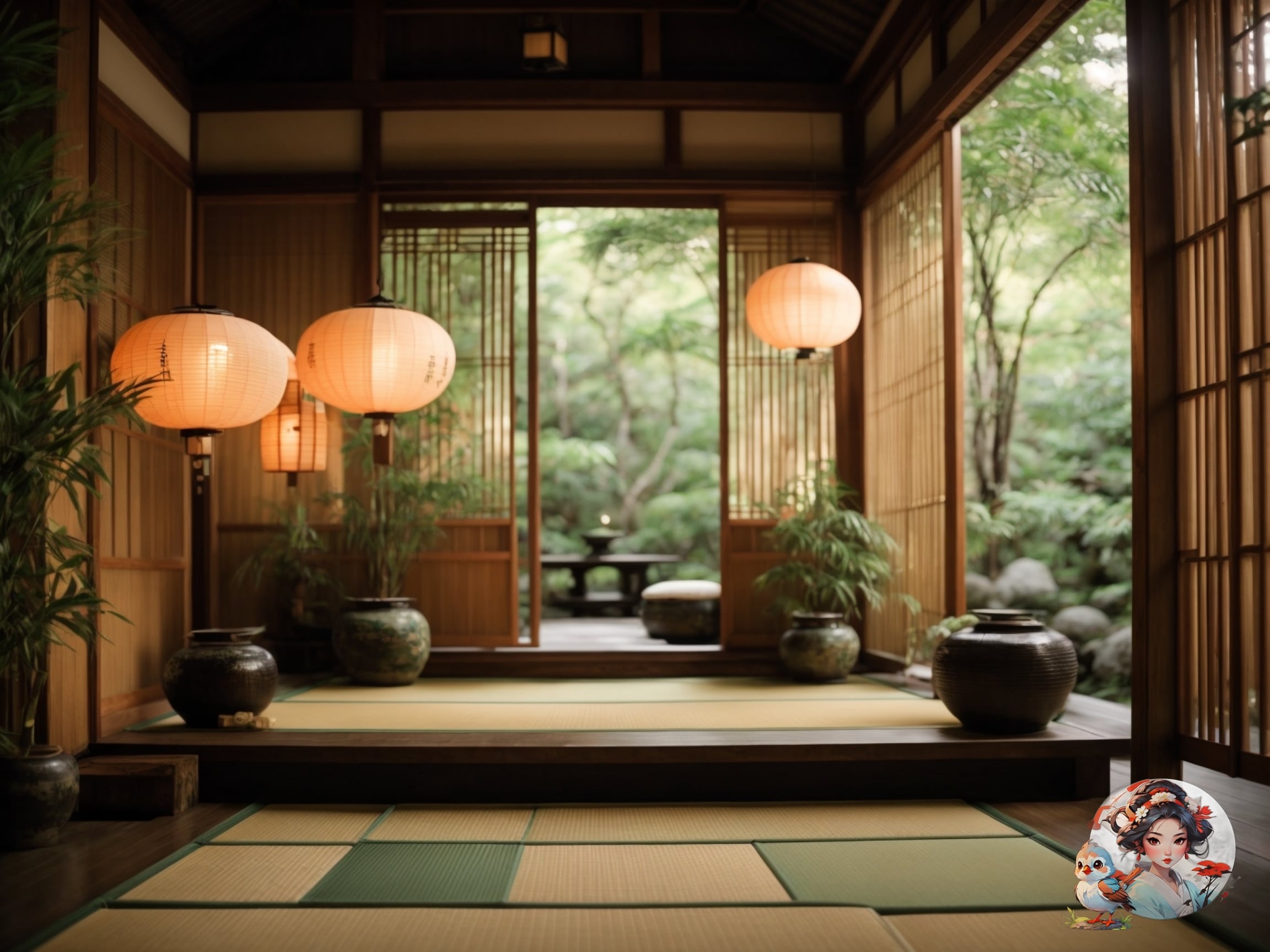Explore the captivating world of green tea, with its rich history, cultural significance, and diverse varieties. From the vibrant emerald hues of Matcha to the toasty aromas of Hojicha, green tea offers a spectrum of flavors and aromas waiting to be discovered. Beyond its taste, green tea is deeply rooted in Japanese culture and is not only part of traditional tea ceremonies but also embraced in modern-day settings.
By delving into the layers of this time-honored beverage, we can gain a deeper understanding of its nuances, health benefits, and the artistry behind its preparation, offering a window into a world that continues to inspire and intrigue.
Table of Contents
ToggleGreen tea is an important part of Japanese culture and comes in several types, each with its own unique flavors and characteristics. Gyokuro is the highest grade and has a sweet, mellow flavor because it is shaded from the sun before harvesting. Sencha, also high in quality, has a more astringent taste and is not shaded. Bancha, a lower grade, is harvested later and has a more robust flavor.

All types of green tea offer health benefits, including antioxidants that support heart health and reduce the risk of certain cancers. Green tea can also be used in a variety of recipes, such as traditional matcha desserts and savory green tea-infused dishes, making it a versatile and beneficial addition to any diet.
Tea comes in a wide variety of flavors and cultural significance, beyond the well-known green tea. There are unique options to explore, each with its own rich traditions. Matcha, for example, is a powdered green tea made from the highest quality leaves and is central to the art of tea brewing. Hojicha offers a distinct smoky flavor due to the roasting of tea leaves, while Genmaicha combines green tea with roasted brown rice for a mellow, nutty taste.
Kombucha, made by mixing ground or sliced kombu seaweed into hot water, provides a salty and refreshing experience. Each type of tea reflects the artistry and heritage of tea brewing, inviting enthusiasts to savor the diverse and captivating world of tea.
Tea is easy to find in Japan, available at restaurants, vending machines, kiosks, convenience stores, and supermarkets, making it a popular drink. Green tea, in particular, is deeply ingrained in modern society and is enjoyed not only in Japan but also in other countries. It is often provided for free at restaurants or offered for self-service at more casual dining spots.
Even budget-friendly sushi restaurants typically offer Konacha, a type of green tea. Additionally, black tea, known as Kocha, is commonly served at cafes and Western-style restaurants. Green tea is also sold in PET bottles and cans at stores and vending machines, where it can be found both hot and cold to suit different preferences. This widespread availability reflects the broad appeal and cultural significance of green tea around the world.
The introduction and evolution of tea in Japan have significantly shaped the nation’s cultural practices and societal customs. Throughout the centuries, tea has inspired unique forms of pottery and calligraphy, deeply influencing Japanese art. The tea ceremonies, rooted in Zen Buddhism, symbolize spiritual and emotional refinement, emphasizing harmony, respect, purity, and tranquility.

These ceremonies have become a significant part of Japanese culture, emphasizing etiquette and spirituality. The gatherings also led to the collection and display of tea utensils by the affluent, showcasing the deep-rooted impact of tea on various aspects of Japanese society, from art and spirituality to social customs and etiquette.
Green tea plays a significant role in enhancing the dining experience at Japanese restaurants and cafes. It offers a variety of flavors and is known for its health benefits. In traditional Japanese restaurants, green tea is served with meals to cleanse the palate and aid in digestion.
It also complements various desserts and light snacks in cafes, with options ranging from delicate sencha to robust matcha. Additionally, green tea is used in savory dishes, such as in sauces and dressings, to add a unique flavor. Its versatility allows for creative culinary expressions, making it a staple in both traditional and modern Japanese cuisine.
Green tea holds a special place in traditional Japanese culture, playing a significant role in customs and rituals that have been passed down through generations. The ‘Way of Tea’ ceremonies, also known as Sadō, are deeply ingrained in Japanese society, highlighting values of harmony, respect, purity, and tranquility. These ceremonies revolve around the preparation and enjoyment of matcha, a finely ground green tea, often taking place in dedicated tea rooms.
The careful selection and use of tea utensils such as the tea bowl, whisk, and scoop add to the sensory experience and uphold traditional etiquette. Notably, the appreciation for these tea utensils has led to the practice of collecting and displaying them, particularly among the affluent, further solidifying the integral role of green tea in Japanese cultural heritage.
In traditional Japanese culture, different types of green teas offer unique flavors and qualities that contribute to the diverse tapestry of tea culture. The brewing method plays a crucial role in revealing the intricacies of each type. For example, gyokuro, a shaded green tea, needs lower water temperatures and longer brewing times to bring out its sweet, umami flavor.

On the other hand, sencha, a sun-grown green tea, benefits from higher water temperatures and shorter brewing times to showcase its refreshing, slightly astringent taste. The role of green tea in Japanese tea ceremonies is pivotal, emphasizing the art of preparing and serving matcha, a powdered green tea, with precision and grace, highlighting the significance of ritual and mindfulness in Japanese culture.
Green tea has been the focus of many research studies due to its potential health benefits. One well-known advantage is its ability to possibly help with weight loss. Some studies suggest that the catechins in green tea, like EGCG, might help increase metabolism and fat burning. Moreover, green tea is packed with antioxidants, which can shield the body from damage caused by harmful molecules called free radicals. These antioxidants may also help lower the risk of chronic diseases.
By including green tea as part of a balanced diet and healthy lifestyle, you may be able to take advantage of these health benefits.